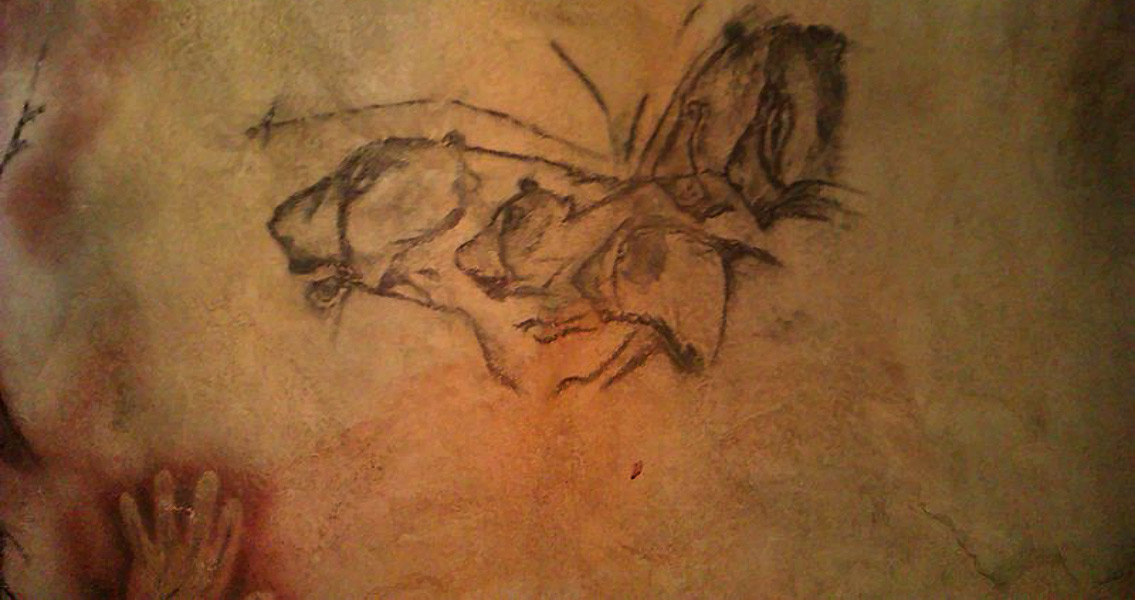<![CDATA[It’s common knowledge that the first systematic use of written symbols as a means of communication emerged in Sumer around 3,000 BCE, but now a Canadian researcher is suggesting that as far back as 40,000 years ago our ancestors communicated in writing. Genevieve von Petzinger, an anthropologist from the University of Victoria, studied hundreds of markings from 300 sites in addition to personally visiting and examining 52 caves where ancient humans had lived located in Spain, Portugal, Italy, and France. She then collected these markings in a database and looked for repeated use of the same symbol as well as for patterns of use for the different symbols. What she discovered was surprising: there were just 30 symbols that were used repeatedly at these hundreds of sites, and this took place over a period as long as 30,000 years. These repeated uses, however, were not evident in all the caves throughout this period. Commenting on the find, another anthropologist, April Nowell, who teaches at the University of Victoria, told CBC that each of the symbols classified by von Petzinger seems to have gone through its very own “heyday” in one of the regions studied before its use declined. What’s more, Nowell noted, the symbols first started being used in one area, for instance in Spain, and then spread to another, such as France. For von Petzinger there is no question that the symbols she studied had been used intentionally, but what surprised her even more than this intentionality was the fact that 65% of them were already in regular use 40,000 years ago. The reason this is so significant is that this was approximately the time when modern humans came to Europe and started displacing the Neanderthals. If humans were already using a large number of symbols for communication at that time, the origins of written communications may have been even earlier. Von Petzinger told CBC, “... it doesn’t look like a beginning, it looks like something that’s already in practice.” The potential implications of this hypothesis, if proven, are major; so far anthropologists have argued that it was only after modern humans moved to Europe that they advanced culturally, developing in a relatively short period what we now consider modern human behaviour. Yet, if it turns out that they had created written communication, which is an instance of abstract thinking, back in Africa, the origins of modern human behaviour would be pushed significantly further back. So, how is this communications system different from what we now think of as language? After all, language is a system of symbols used to represent anything from physical realities to abstract ideas. The difference is that these early sets of symbols don’t seem to be as complex as written language, or at least this is what the researchers believe at the moment. Further work needs to be conducted to try and decipher what the messages in those caves meant and whether there were certain fixed rules about their use. If such rules are found, they would bring these symbol sets much closer to the modern concept of language. Image courtesy of Wikimedia Commons user: Daniel Miechhen ]]>
Written Communication May Be 40,000 Years Old
